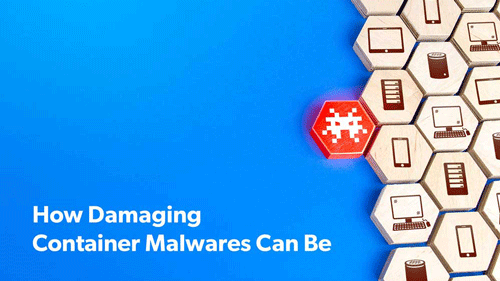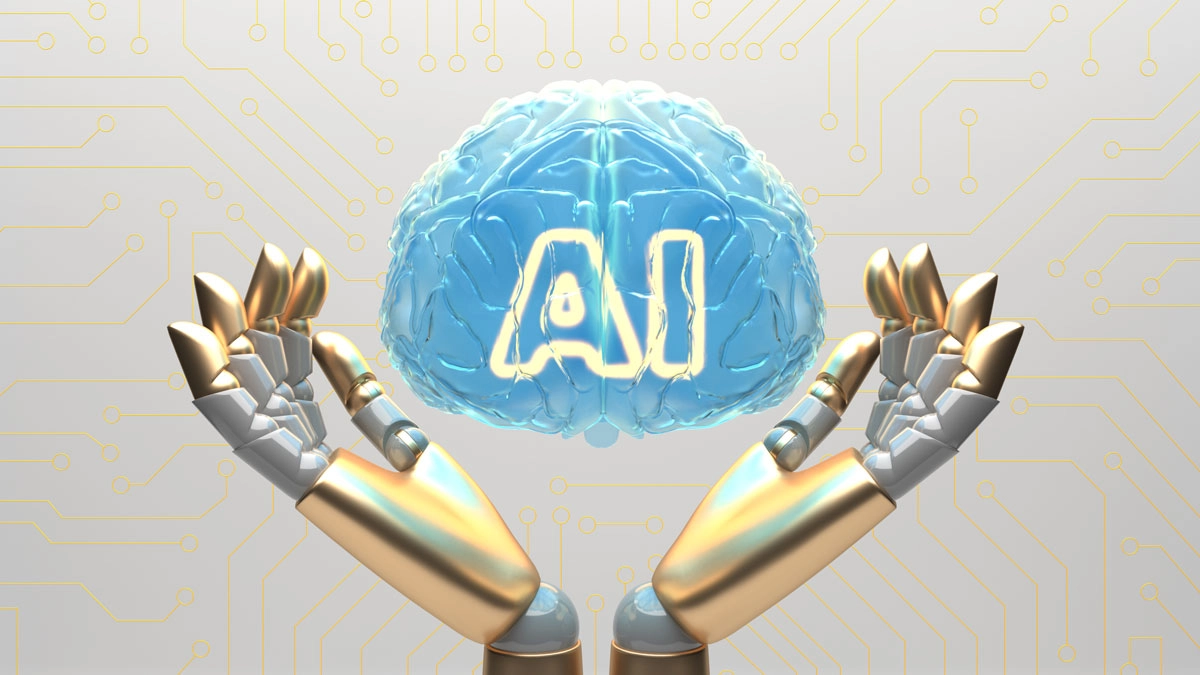These malicious files can go undetected by many security solutions, and once they're inside your network, they can wreak havoc. Here's how damaging they can be.
As far as malware goes, container-based malware is some of the most damaging and destructive out there. Container-based malware is one of the most dangerous threats in the cyber world today, and it can go undetected by many security solutions. Their destructive nature is one of the reasons why containers are so dangerous. Once they're inside your network, they can wreak havoc. They can quickly spread throughout your entire system, causing massive damage if not stopped. This is why it's crucial to work with a security solution that can detect and prevent container-based malware.
Here are some ways how damaging container malware can be:
1. They can quickly spread throughout your system.
Container malware is designed to spread quickly. Once inside your system, they can quickly replicate and infect other containers. This can cause massive damage in a short amount of time, and the damage can totally disrupt your operations. For example, a container malware infection can quickly spread to your entire fleet of containers, causing them all to be infected. It can be challenging to contain the damage when something like this happens. You'd know it's too late when you start seeing containers going down all over your system.
2. They can cause massive damage to your network and data.
One of the most damaging aspects of container malware is its damage to your network and data. Container malware can cause data corruption and loss, and it can also take down your entire network. This can be devastating for businesses, as it can lead to lost revenue, customers, and data. And if that happens, it can be tough to recover. A business's reputation can also be damaged, which can be difficult to redeem. These can all happen in a very short amount of time, which is why container malware is so dangerous.
3. They can be hard to detect and remove.
Another dangerous aspect of container malware is that it can be hard to detect and remove. Incompetent security solutions can't detect them, and once they're inside your system, they can be difficult to get rid of. This is why it's essential to work with a trusted security solution that can detect and remove container malware. Otherwise, you could be dealing with a severe problem that could have been easily avoided. Make sure to do your research and work with a reputable company to protect your business from container malware.
4. They're difficult to remove once they're inside your system.
Imagine a colony of termites inside your home. It would be difficult to get rid of them, and they would cause a lot of damage before you could remove them. The same is true for container malware. Once they're inside your system, they can be difficult to remove unless you have the right tools. This is because they replicate quickly and can spread throughout your entire system quickly, and you may not be aware that they're there until it's too late.
5. They can lead to data loss and system downtime.
Disruptions in business operations can mean revenue loss. If your system is down, you're not making money. This is one of the most damaging aspects of container malware. Not only can it cause data loss, but it can also lead to system downtime, which can be costly for businesses. In some cases, businesses have had to shut down their operations entirely to deal with a container malware infection. This can be a significant blow, leading to lost revenue, customers, and data. In extreme cases, businesses may never recover from the damage. Container-based malware is some of the most damaging and destructive malware out there. If you suspect your system has been infected, it's important to work with a security solution that can detect and remove it. Otherwise, you risk massive damage to your network and data.





No Comments Available...